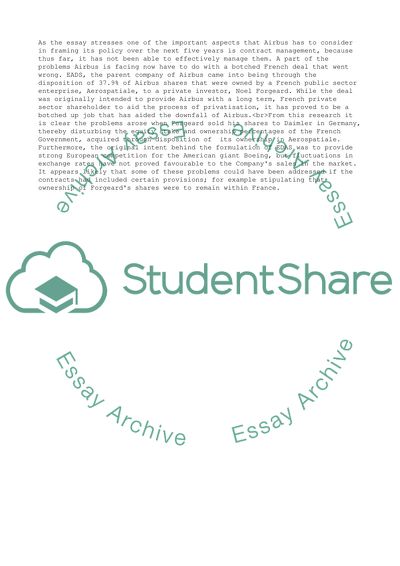Cite this document
(“Recommendation report for Airbus Essay Example | Topics and Well Written Essays - 3500 words”, n.d.)
Recommendation report for Airbus Essay Example | Topics and Well Written Essays - 3500 words. Retrieved from https://studentshare.org/management/1560306-purchasing-and-procurement
Recommendation report for Airbus Essay Example | Topics and Well Written Essays - 3500 words. Retrieved from https://studentshare.org/management/1560306-purchasing-and-procurement
(Recommendation Report for Airbus Essay Example | Topics and Well Written Essays - 3500 Words)
Recommendation Report for Airbus Essay Example | Topics and Well Written Essays - 3500 Words. https://studentshare.org/management/1560306-purchasing-and-procurement.
Recommendation Report for Airbus Essay Example | Topics and Well Written Essays - 3500 Words. https://studentshare.org/management/1560306-purchasing-and-procurement.
“Recommendation Report for Airbus Essay Example | Topics and Well Written Essays - 3500 Words”, n.d. https://studentshare.org/management/1560306-purchasing-and-procurement.


